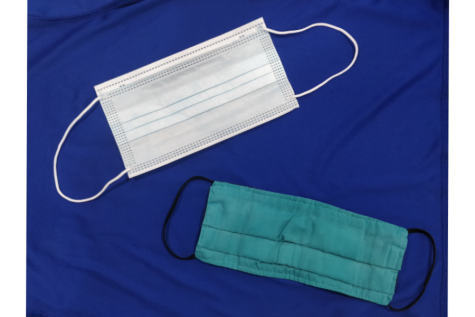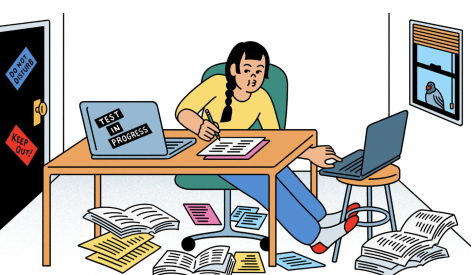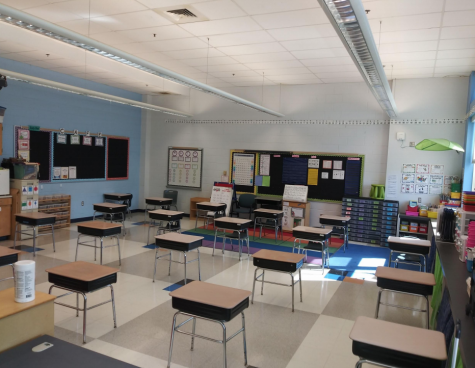Extending hours also extends screen time
Chromebook keyboard
January 25, 2021
Every day, I spend over seven hours on my computer. Classes and schoolwork take up most of my day, and thanks to the COVID-19 pandemic, I am on a screen for all of it. I have been trying to cut down on my technology usage lately, but as of now, it is virtually impossible.
A new remote-learning schedule was implemented at WA On Tuesday, January 19. The schedule requires in-person and remote learning students to attend both the morning and afternoon classes. While the school department does have to comply with the Department of Elementary and Secondary Education’s guidelines, there are several drawbacks.
One of these issues is the workload balance. Usually, one of the two distance-learning classes is devoted to an asynchronous learning time. However, due to the new schedule, many teachers are now requiring students to be in both classes for lectures or review. The work that would be done asynchronously is then moved to homework which adds an additional hour of screentime at the end of the day. The increase in time needed to do homework also cuts into the rest of the afternoon and can interfere with jobs or other extracurricular activities.
There are also a lot of parents who like to manage their child’s time on technology to keep it to a reasonable limit for their health and social interactions. As someone whose hobbies mainly involve technology (as in digital art and creative writing), it is definitely difficult for me to balance that time spent on my computer with the time I must spend on school. On many days, I must choose between maintaining a healthy screen time limit or pursuing the activities that I love on top of my schoolwork.
There are also several negative physical side effects. Staring at the screen can also strain eyes and cause headaches.
I am extremely nearsighted and must wear glasses at all times. Staring at a screen all day does seem to add additional stress on my eyes, as though I am reading a book in the dark. Recently, I have had to change where I work altogether. Sitting at my desk chair has made my back and legs very sore so this week I took all of my classes standing at my kitchen counter. After doing this, I noticed a difference in my attention span and comfort level throughout my classes.
Though I know that there is a break in the middle of the day and breaks in between classes, many students will still use their phones looking through Instagram or other social media platforms during those breaks. What could we do about this?
In between classes, I suggest moving around. Whether that may be getting up to get a glass of water or just closing your eyes for a few minutes, it is important to stay active and alleviate the strain on your eyes. A study done in Australia showed that spending more time outdoors can help avoid nearsightedness while staring at a screen can increase your chances of other ophthalmological diseases.
If you are someone like me who has hobbies that involve screens, finding new interests that are similar that do not involve technology may be beneficial. When I hit my screen time limit on the computer, I write in a notebook or jot down the rest of my ideas on a piece of paper.
Ultimately, the work balance, screen time, and physical concerns are enough to outweigh the benefits of additional lesson time as many students will be negatively impacted by this change.







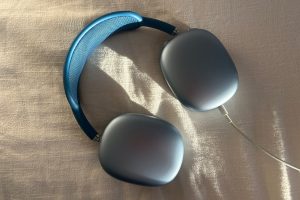

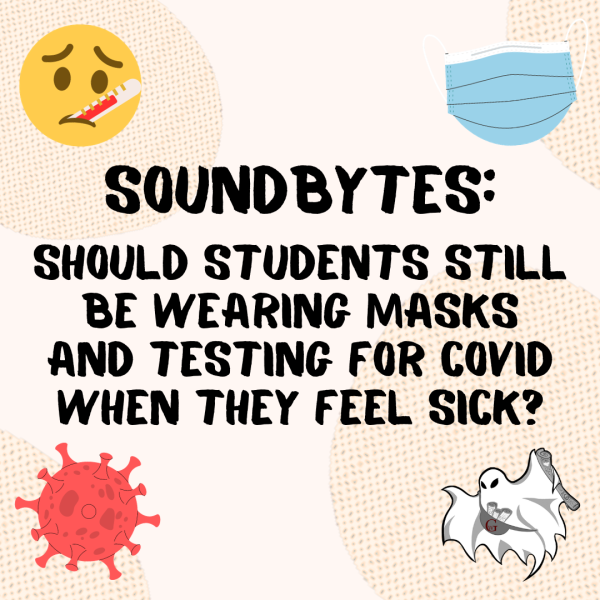



![Olivia Davis “I think the intention is good because they’re trying to be inclusive of people who don’t want to spend a lot of money during our senior year, because it’s already expensive enough, but I think it’s also frustrating for people who really wanted a cotil [...]. I’ve already bought a $500 dress, so if guys show up in khakis and a shirt that could be kind of annoying. I think it’ll still be fun either way though.”](https://waghostwriter.com/wp-content/uploads/2021/09/Screenshot-2021-09-14-6.31.03-PM-475x321.png)
